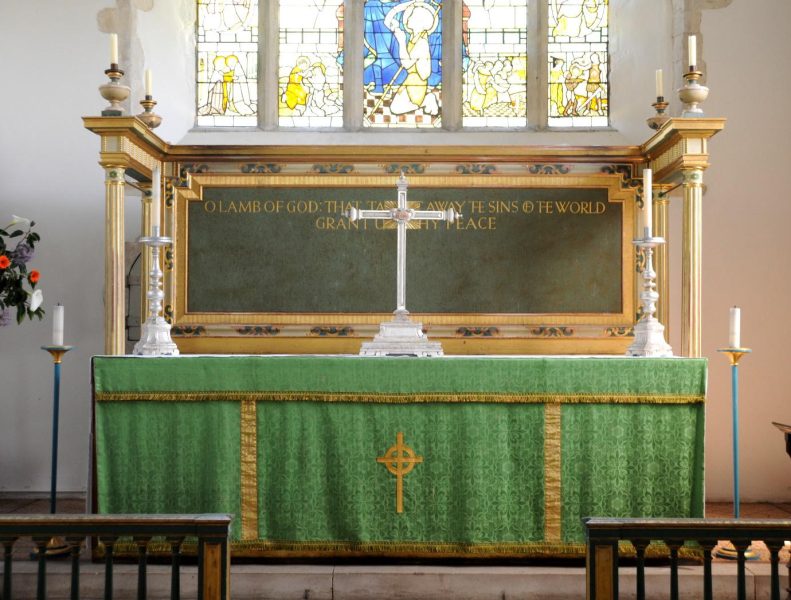On Saturday 13th May 43 members of the Friends visited two churches south-east of Canterbury: St Giles, Kingston and St John, Barham. We held our Annual General meeting at Barham and had tea afterwards. We were given a very warm welcome by the vicar and churchwardens of the two churches.
St Giles, Kingston is a small building attractively situated in the valley of the Nailbourne stream below the North Downs. It is full of interest. The nave has flint quoins, suggesting an early date, probably 11th century. The western part of the chancel is probably of the same date, though the chancel has been lengthened. There is a Perpendicular tower and late medieval crown-post roofs of the usual Kent pattern, that in the chancel embellished in 1873 by William White, who must have restored the church.
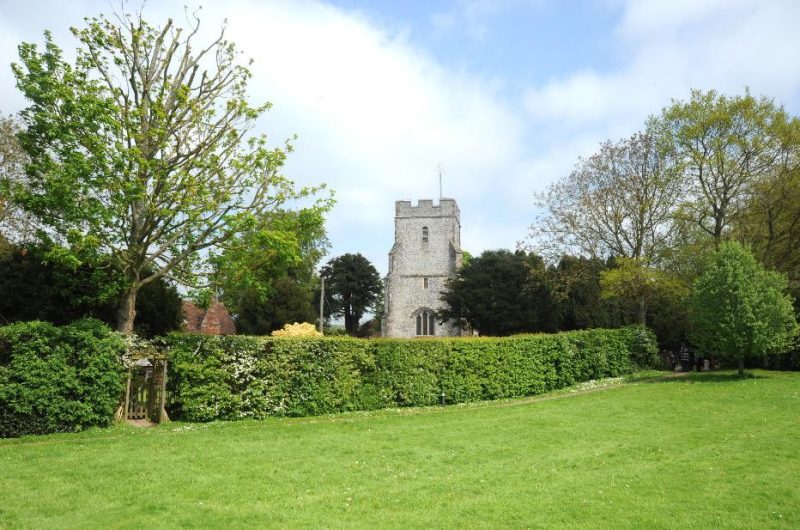
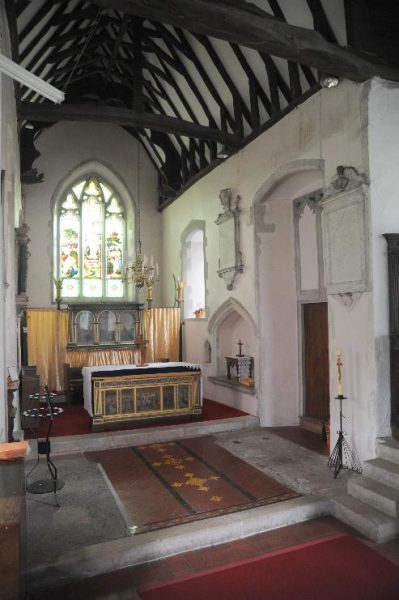
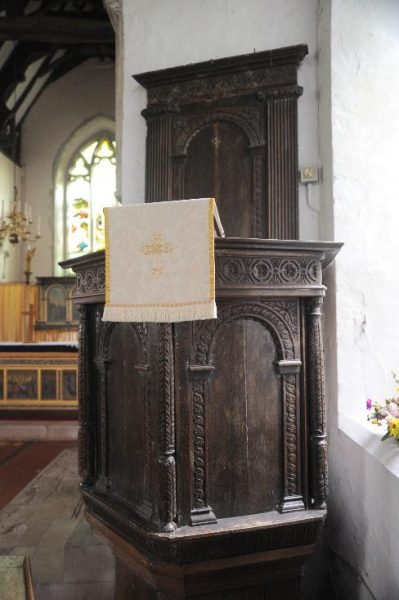
Within, there is an unusual octagonal Norman font, a good Elizabethan pulpit and stalls and tiles by Richard Norman Shaw. The glass in the east window is by Heaton, Butler and Bayne; that in the north windows of the chancel depicts the Archdeacon of Canterbury and his daughters, a most uncommon idea for 1870. There are some good wall monuments, including a fine Baroque tablet to Thomas Turner, who died in 1722. A helm to a member of the Nethersole, formerly displayed in the church, is now kept at Canterbury Cathedral.


The former Rectory, near the church, was repeatedly extended during the middle of the 19th century for a rector who had 22 children!
Further up the Nailbourne Valley lies Barham whose church, St John’s, forms the centre of a handsome group of buildings including the 18th century Barham Court. The church’s most distinctive feature is a tall, splay-foot spire, once no doubt covered in shingles but now copper-covered and therefore green in colour. This must be a modern, possibly post-war intervention done to reduce costs. The church itself is a large, cruciform building, of late 13th century date, with an early 14th century south aisle added to the nave and a west tower of the same period.

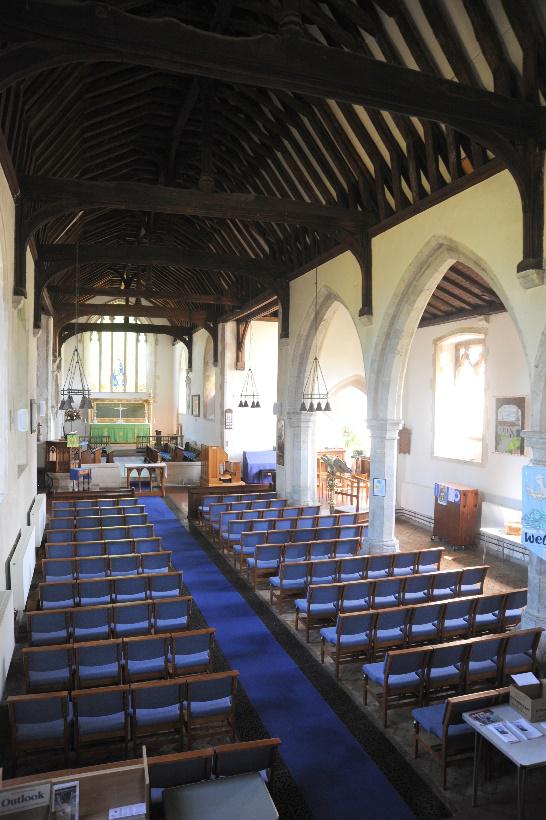
Inside, the roofs are all medieval, the intersection of the nave and transepts roofs at the crossing being curiously cack-handed (unlike, for instance, those at Chartham a few miles away). The church was embellished in the 1920s with a most beautiful east window by Martin Travers, who also designed the altar and its silvered wooden furnishings and the altar rails. In contrast to the pale colours of the east window, Travers’ glass of 1921 in the nave north-west window, a First World War memorial depicting St George and the dragon, is fiercely coloured.


The church contains some good brasses and a very large and bumptious monument to Sir Basil Dixwell, who died in 1750. This is a distant relative of the much finer Oxinden monument at Wingham and must originally have been in the chancel but is now banished to a dark corner of the south aisle.
